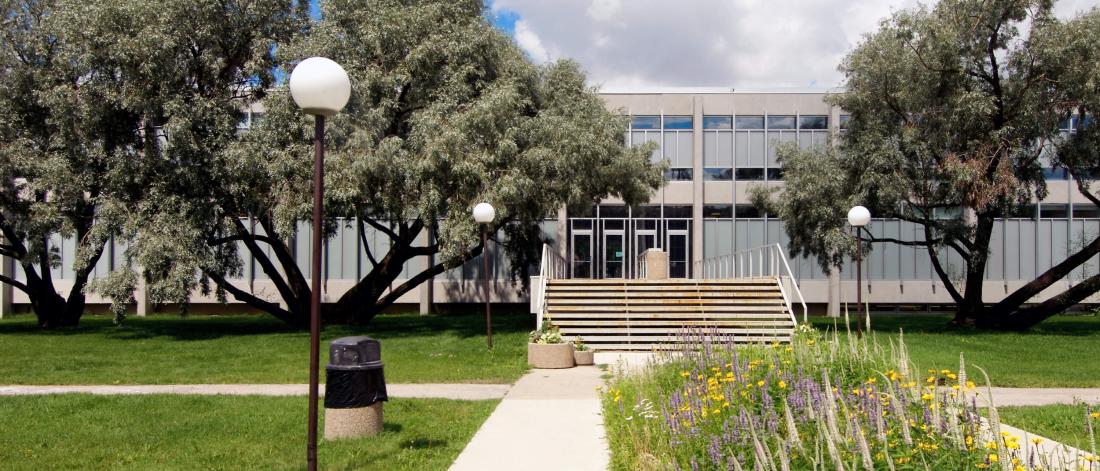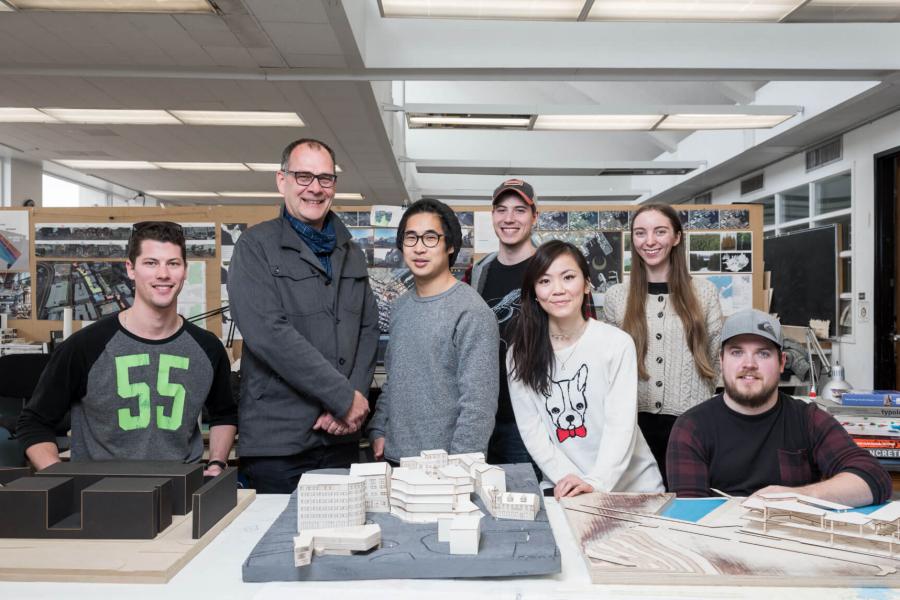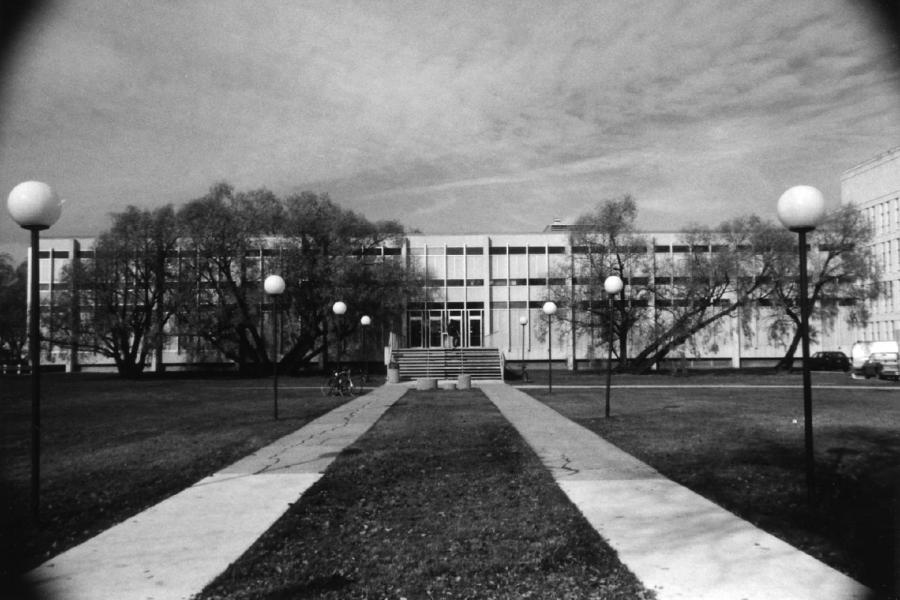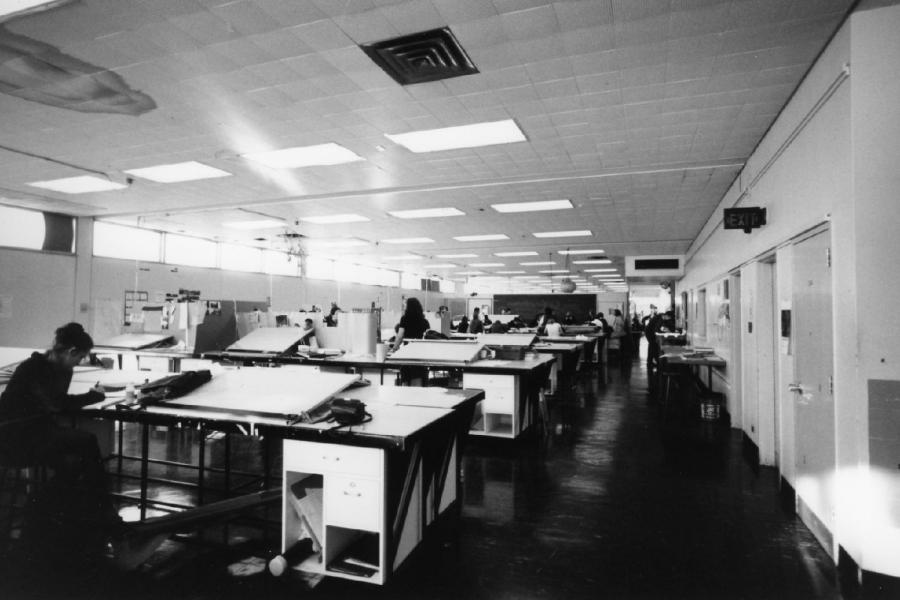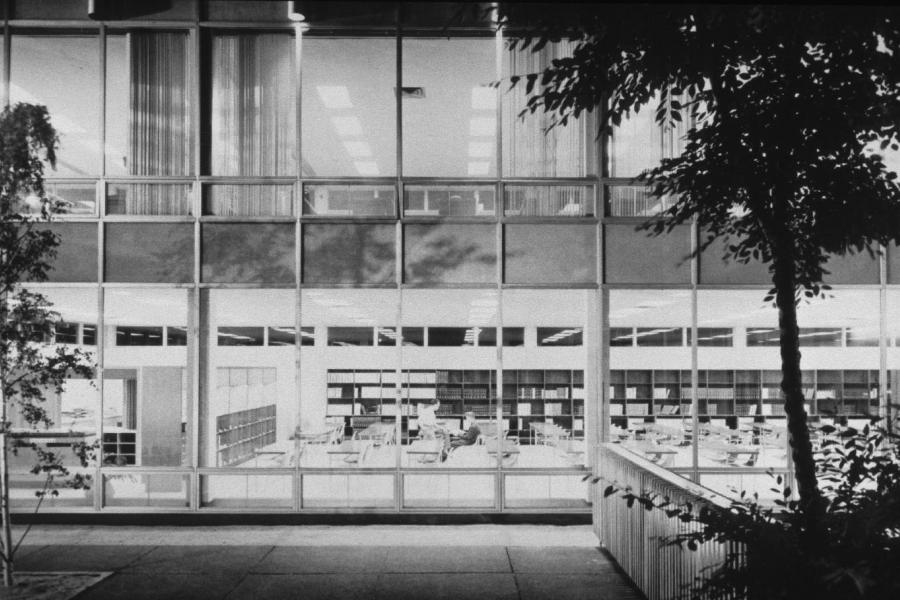Interior Design is uniquely placed in the Faculty of Architecture with professional masters programs in Landscape Architecture, City Planning and Architecture. The interdisciplinary nature of the Faculty offers excellent opportunities for extending collaborative perspectives and theoretical understanding.
The Professional Master Degree Program aims to graduate Interior Designers equipped to work nationally and internationally at the forefront of their profession, with a skill set that includes strategic thinking, a research orientation and an ethical and environmentally responsible frame of reference. The program focuses on Design Studio with the Technologies, History and Theory, and Research integrated through Design projects. The Masters requires two years of study for students holding a Bachelor of Environmental Design or a similar Design degree. Students holding a University Degree from a non-design related discipline would be required to successfully complete a pre-master year before applying.
The Post Professional Master of Interior Design is also available for individuals wishing to pursue a self-directed research program. The program is an opportunity for in-depth research based on a foundation of Design Inquiry Methods and may take the form of a written thesis or project.
Areas of expertise in the Faculty include Universal Access, Design Education, Lighting, Work Environments, Human Comfort and Profession-based Research.
Interior Designers have an established reputation for successful collaboration in the building industry—they work independently or in conjunction with a design team to determine the interior environments; assessing and interpreting client and user requirements for projects as diverse as hospitals, offices, restaurants, retail design, and resorts.
History
The Interior Design Department at the University of Manitoba has a long established reputation for excellence and leads Canada in the development of the first Professional Masters degree in Interior Design. It has been a FIDER accredited program since 1974.
Mission
The Department of Interior Design, situated within an interdisciplinary design faculty, distinguishes itself through the excellence and creativity of its graduate program as well as its commitment to the advancement of the discipline and practice of interior design.
Goals
The aims of the Department of Interior Design are to educate students in solving complex design problems and prepare graduates for leadership roles in the design profession.
Values
The department of interior design values social, ethical and environmental responsibility, research-based outcomes; and critical thinking.
Revised: Mission, Values and Goals statement, Thursday 22 January 2015

